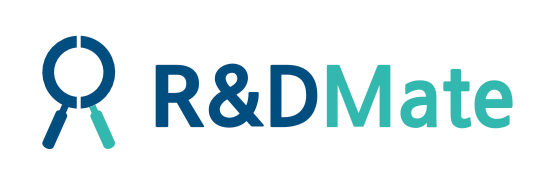| TARGET | |
|---|---|
| SYNONYMS |
C-C Motif Chemokine 3-Like 1;G0/G1 Switch Regulatory Protein 19-2;LD78-Beta(1-70);PAT 464.2;Small-Inducible Cytokine A3-Like 1;Tonsillar Lymphocyte LD78 Beta Protein;CCL3L1;D17S1718;G0S19-2;SCYA3L1;CCL3L3 |
| DESCRIPTION |
Recombinant Human C-C Motif Chemokine 3-Like 1 is produced by our Mammalian expression system and the target gene encoding Ala24-Ala93 is expressed with a 6His tag at the C-terminus. |
| DELIVERY |
In Stock |
| UNIPROT ID |
P16619 |
| EXPRESSION HOST |
HEK293 |
| TAG |
C-6×His Tag |
| MOLECULAR CHARACTERIZATION |
Not available |
| MOLECULAR WEIGHT |
8.82 KDa |
| PURITY |
Greater than 95% as determined by reducing SDS-PAGE. |
| FORMULATION & RECONSTITUTION |
Lyophilized from a 0.2 μm filtered solution of 20mM PB, 150mM NaCl, pH 7.4. |
| STORAGE & SHIPPING |
Store at -20°C to -80°C for 12 months in lyophilized form. After reconstitution, if not intended for use within a month, aliquot and store at -80°C (Avoid repeated freezing and thawing). Lyophilized proteins are shipped at ambient temperature. |
| BACKGROUND |
C-C Motif Chemokine 3-Like 1 (CCL3L1) is a secreted protein that belongs to the intercrine beta (chemokine CC) family. CCL3L1 is a ligand for CCR1, CCR3 and CCR5. CCL3L1 binds to several chemokine receptors including chemokine binding protein 2 and chemokine (C-C motif) receptor 5 (CCR5). CCR5 is a co-receptor for HIV, and binding of this protein to CCR5 inhibits HIV entry. The processed form LD78-beta (3-70) shows a 20-fold to 30-fold higher chemotactic activity and is a very potent inhibitor of HIV-1-infection. The copy number of this gene varies among individuals: most individuals have 1-6 copies in the diploid genome, although rare individuals have zero or more than six copies. The human genome reference assembly contains two full copies of the gene (CCL3L3 and CCL3L1) and a partial pseudogene. This record represents the more centromeric full-length gene. |
| USAGE |
Research use only |
1
/
의
1
Dima Biotech
SKU(재고 관리 코드):PME30016
Human CCL3L1 (C-6His) Protein
Human CCL3L1 (C-6His) Protein
PRODUCT DATA
IMAGES

Figure 1. Greater than 95% as determined by reducing SDS-PAGE.


